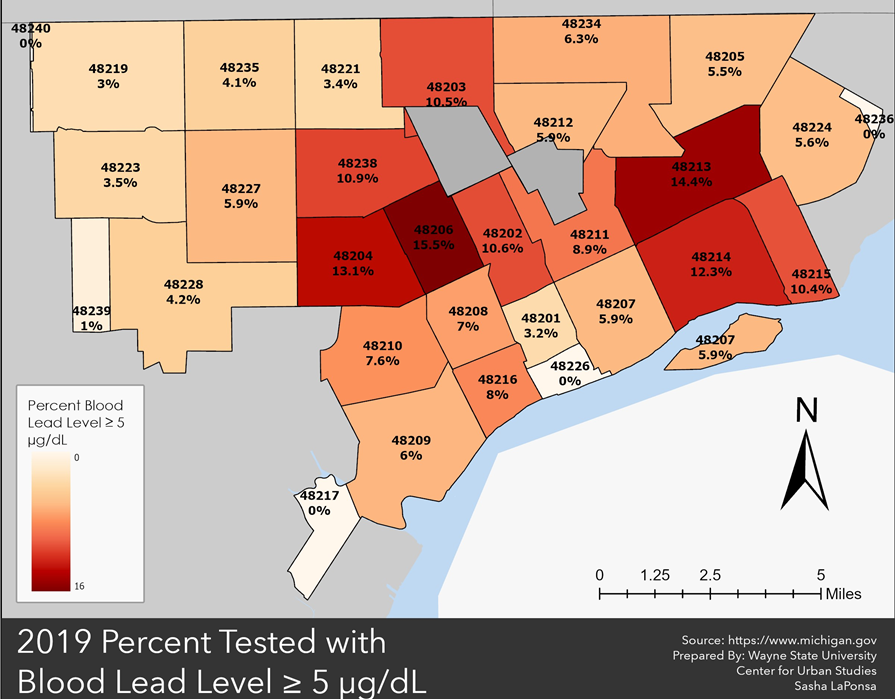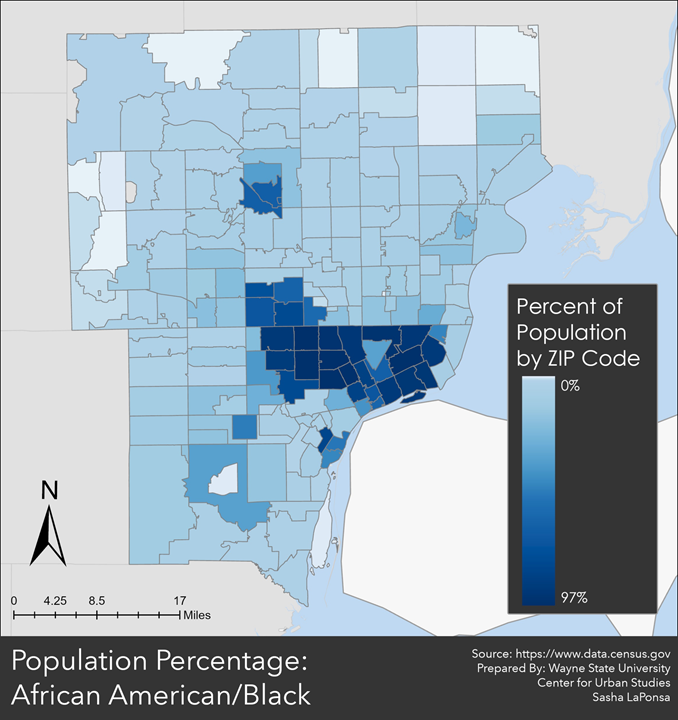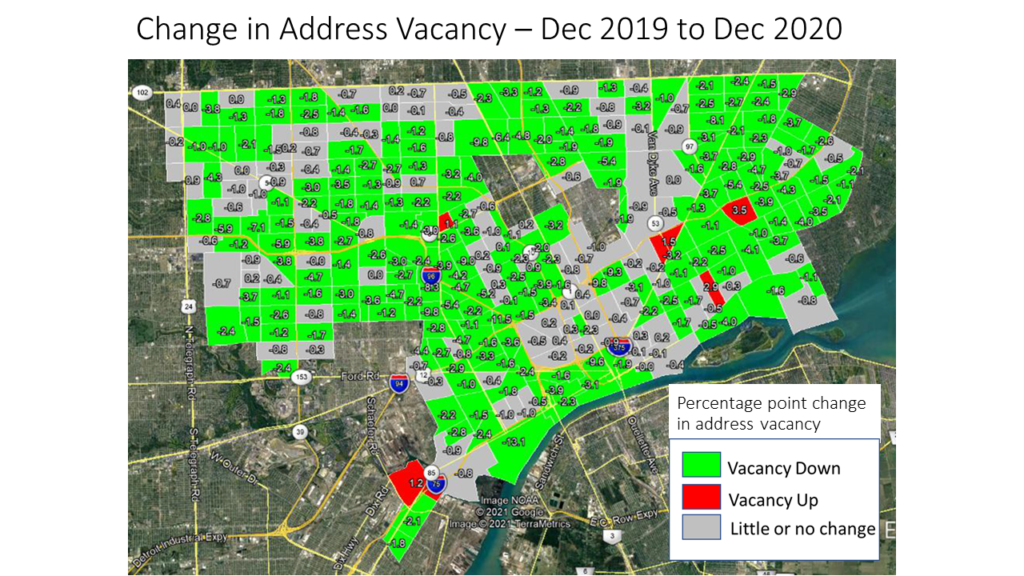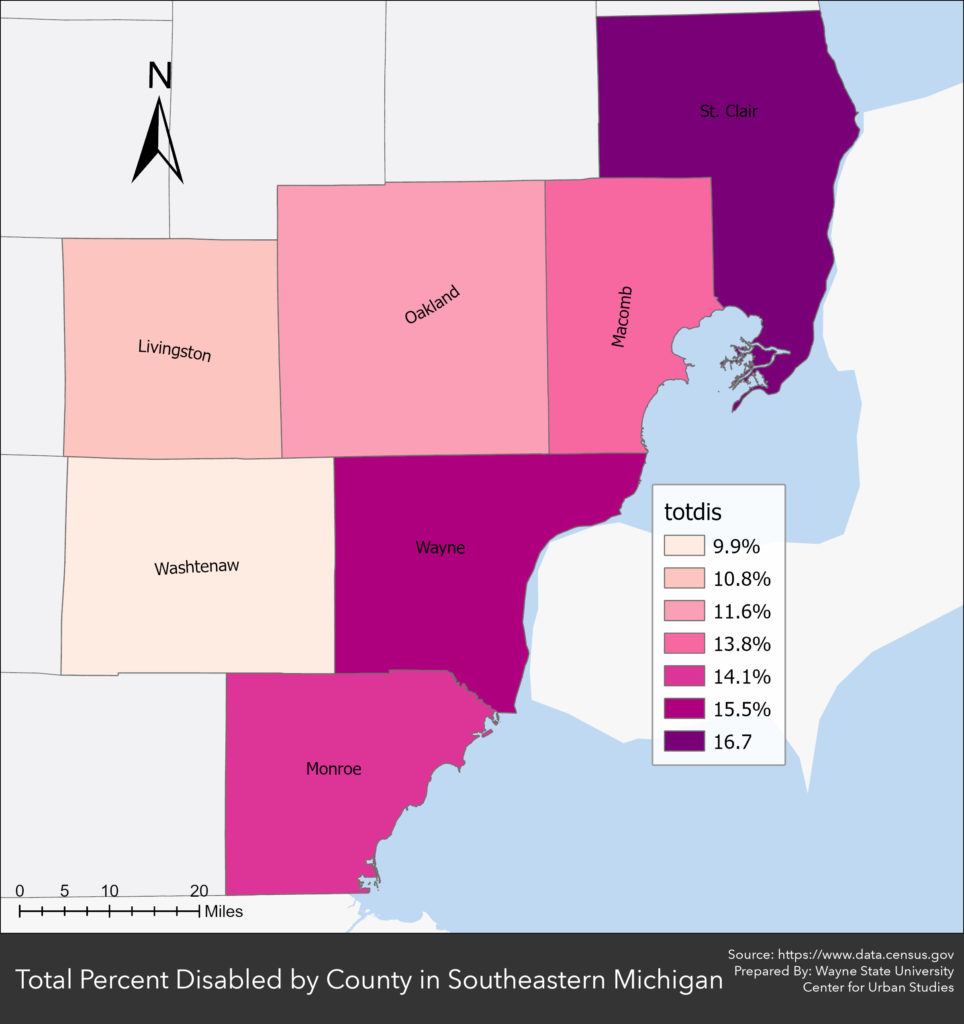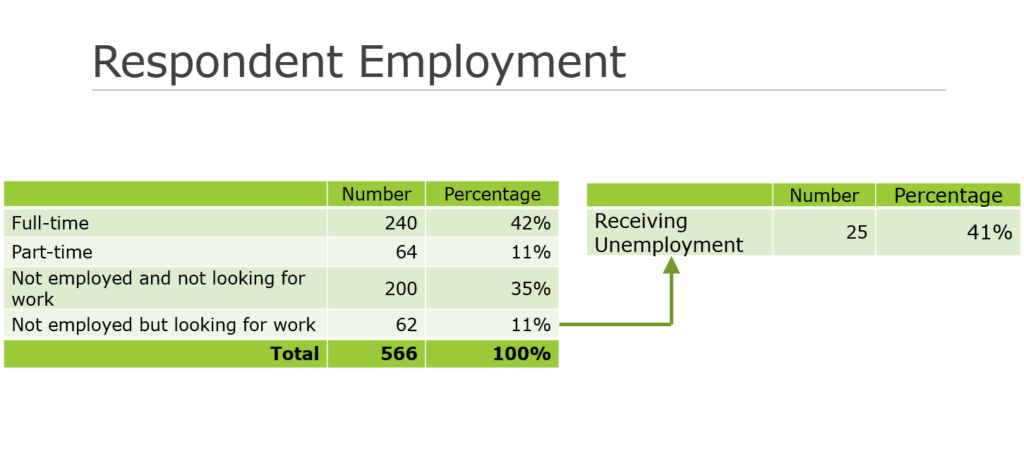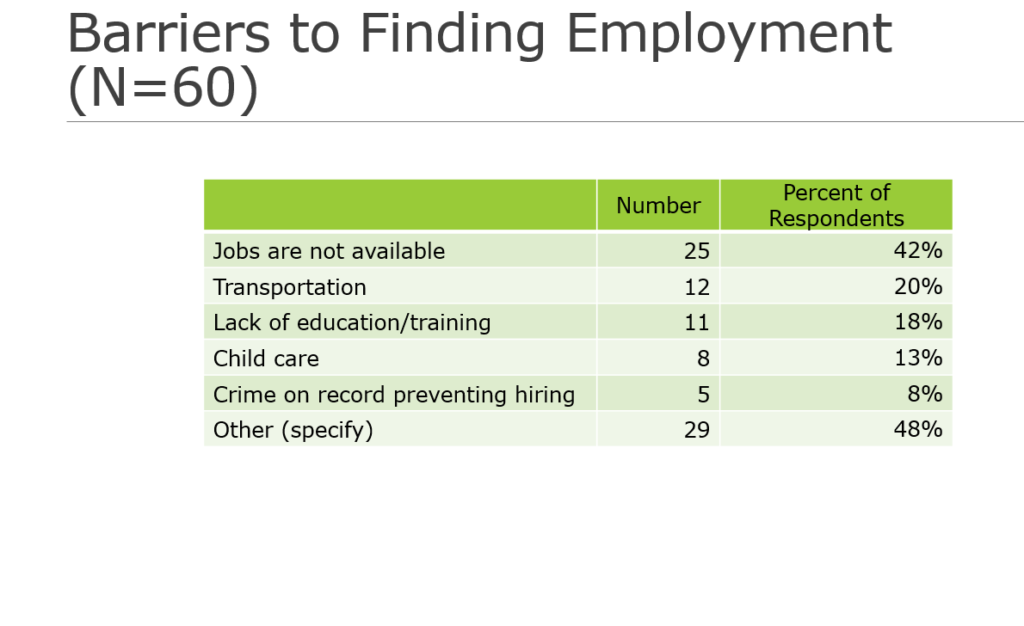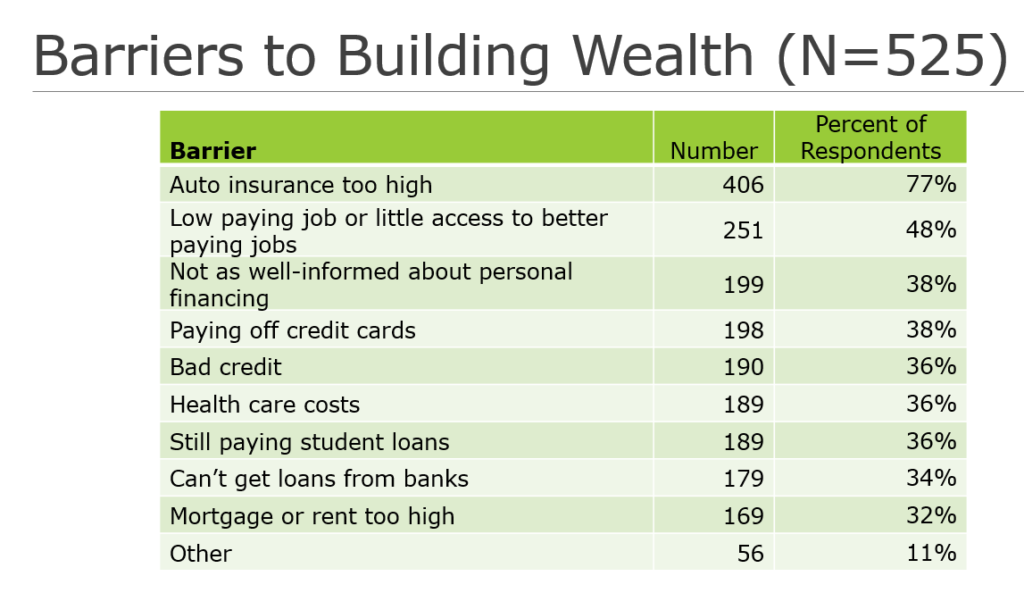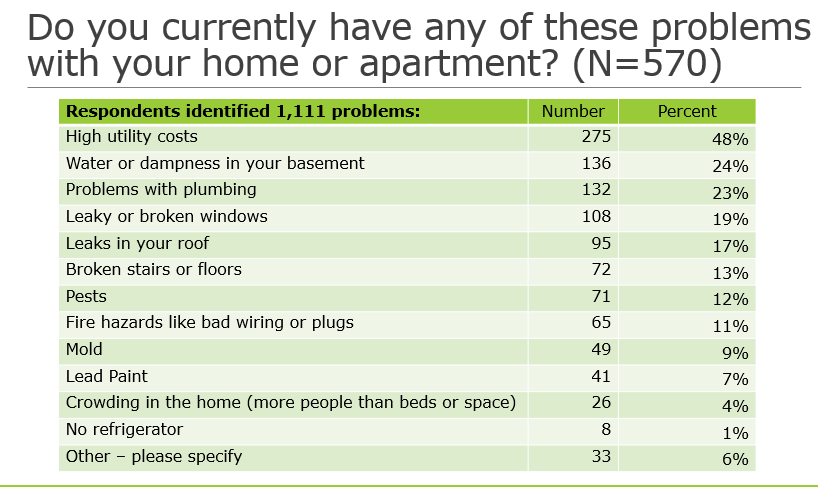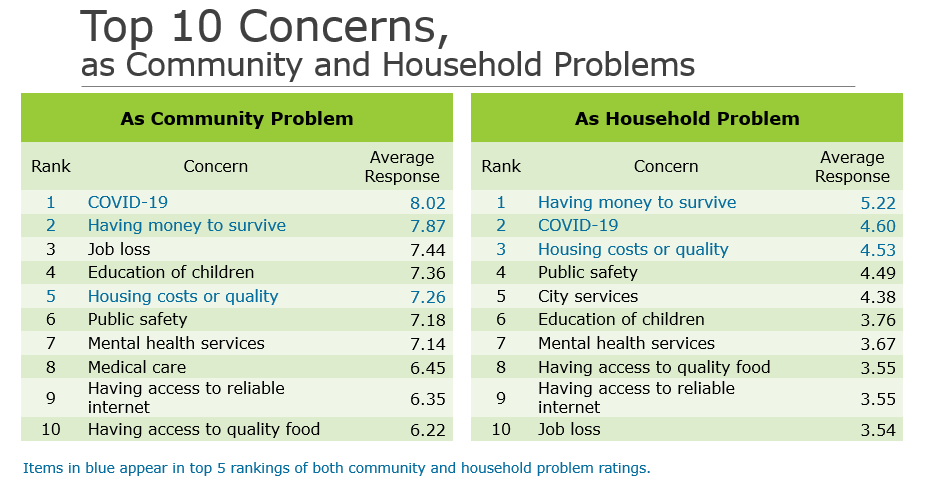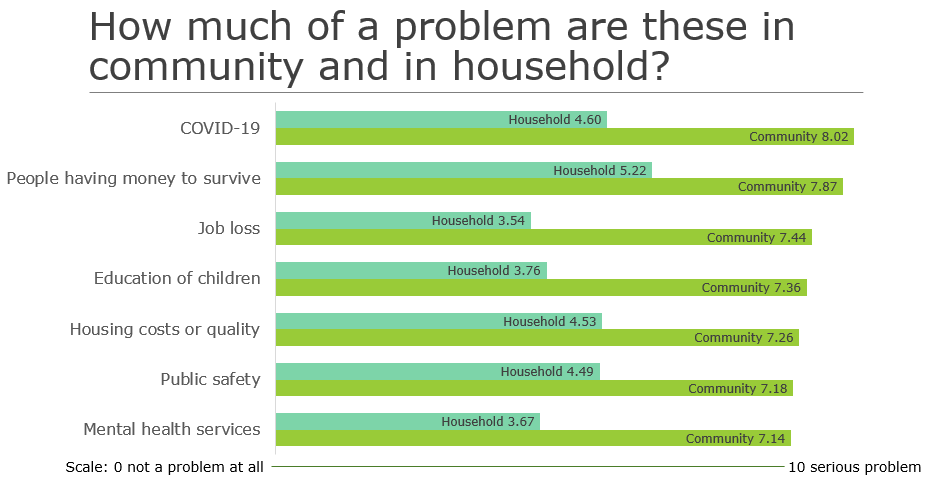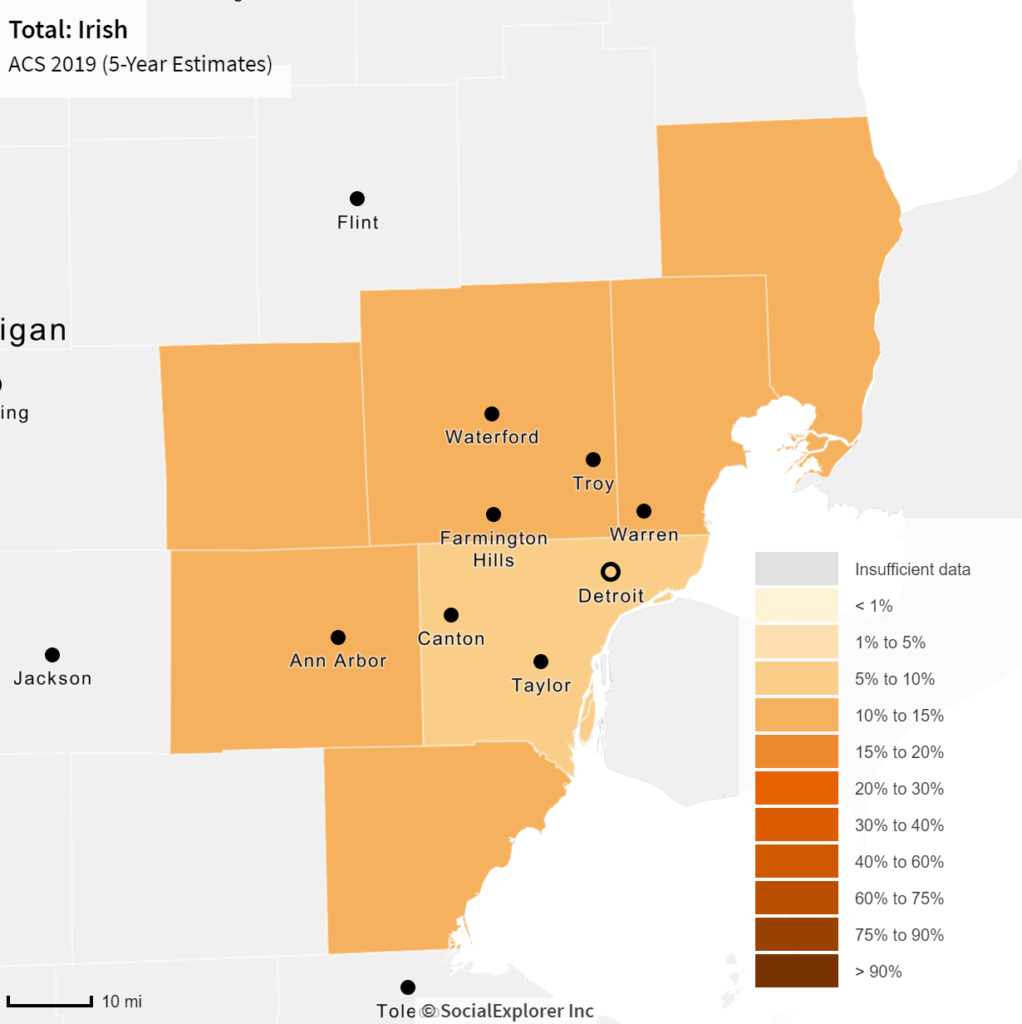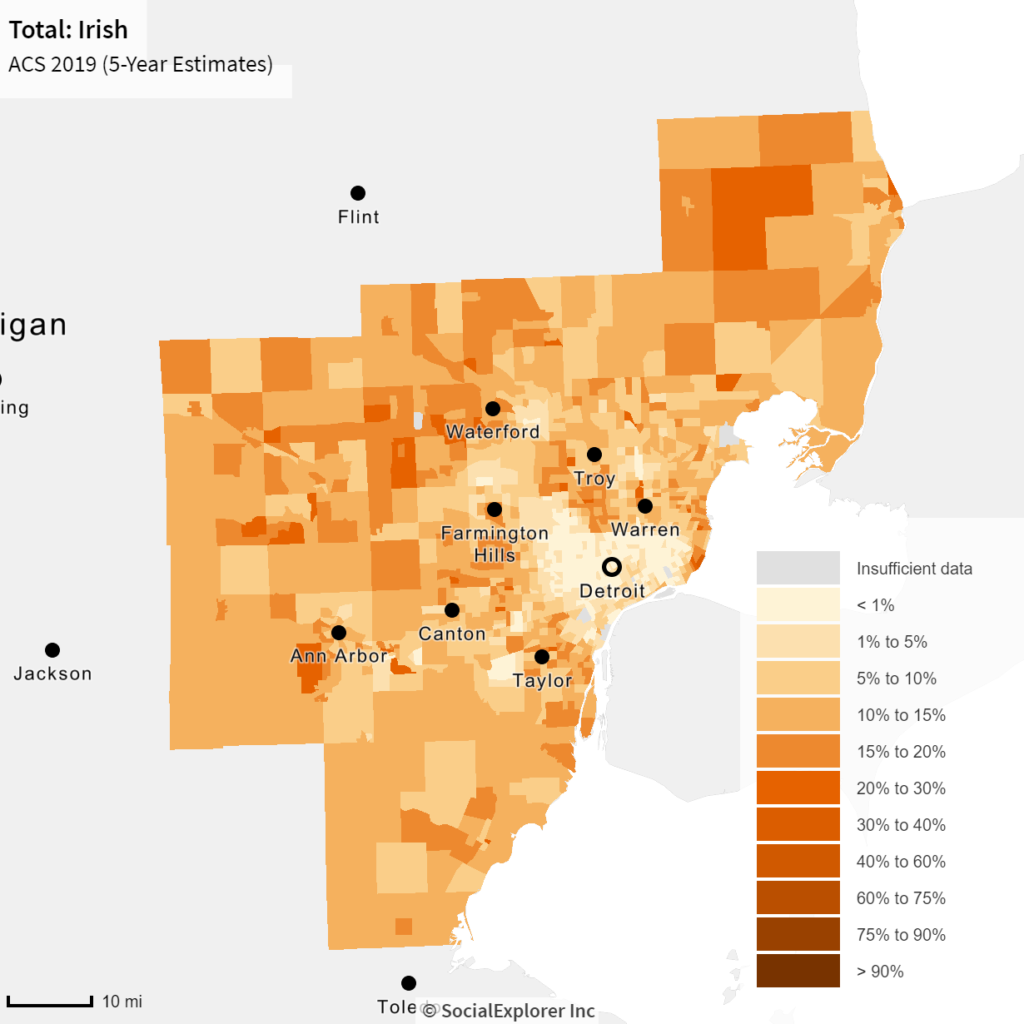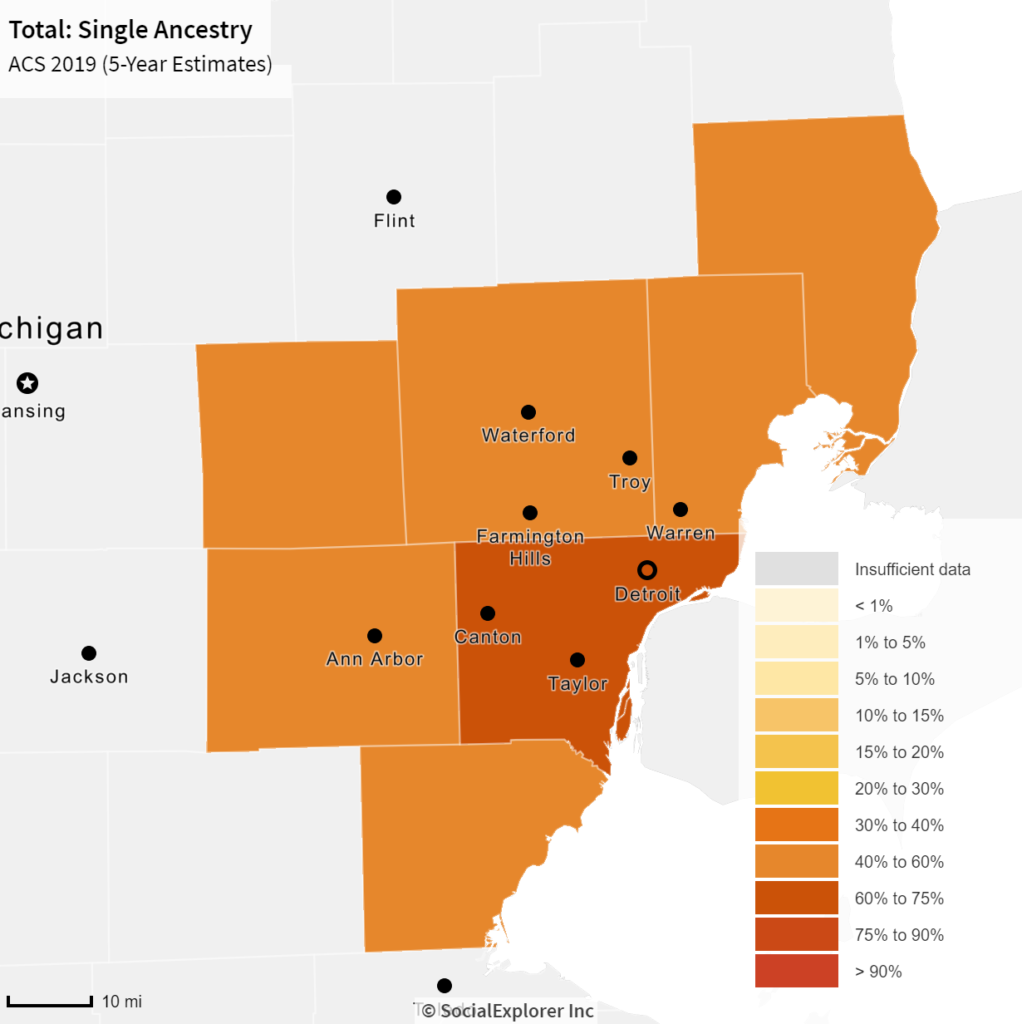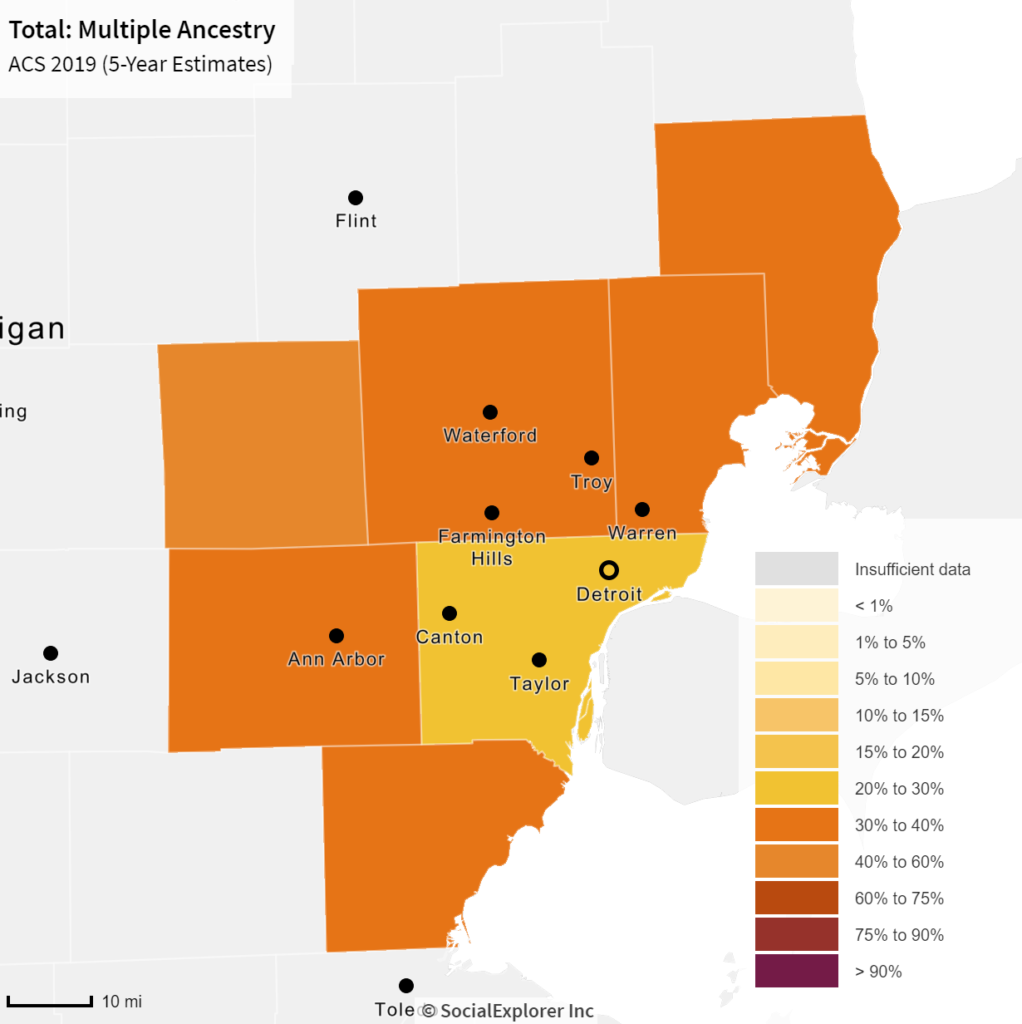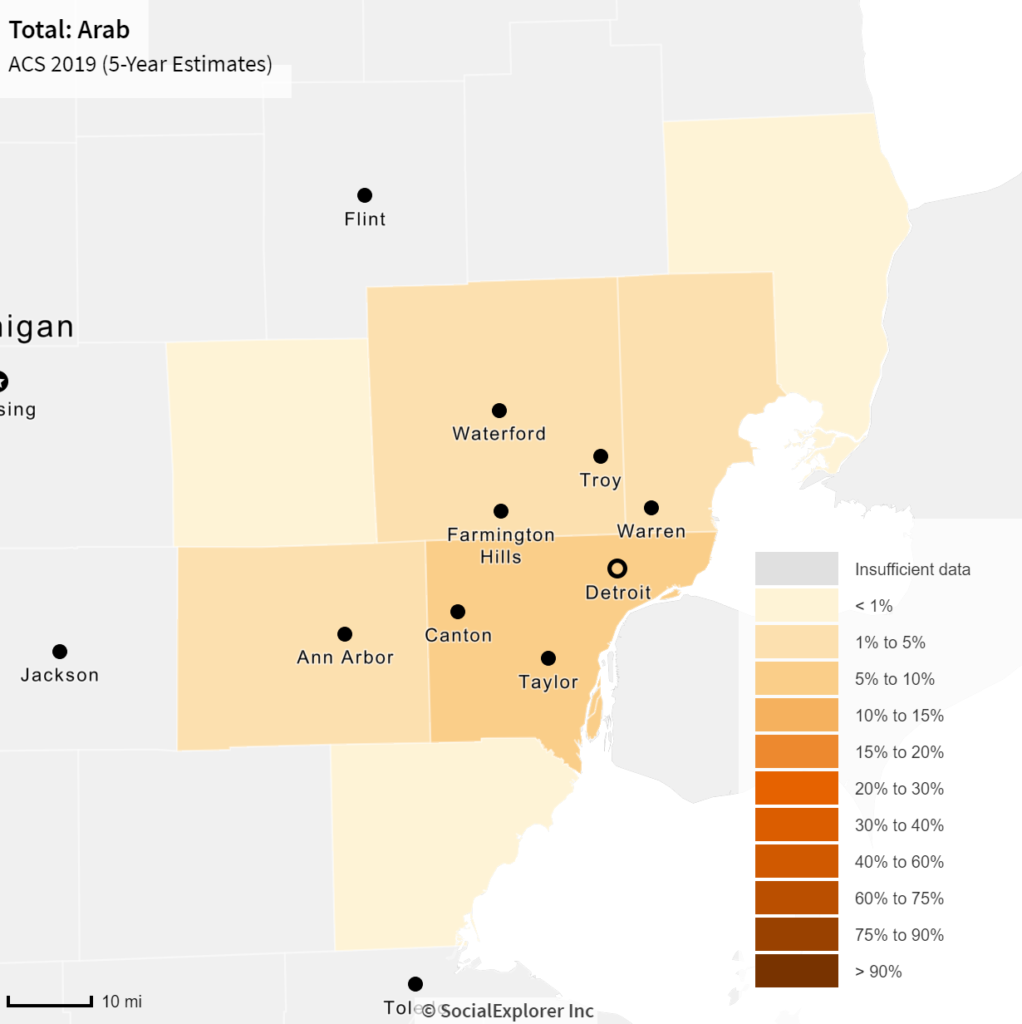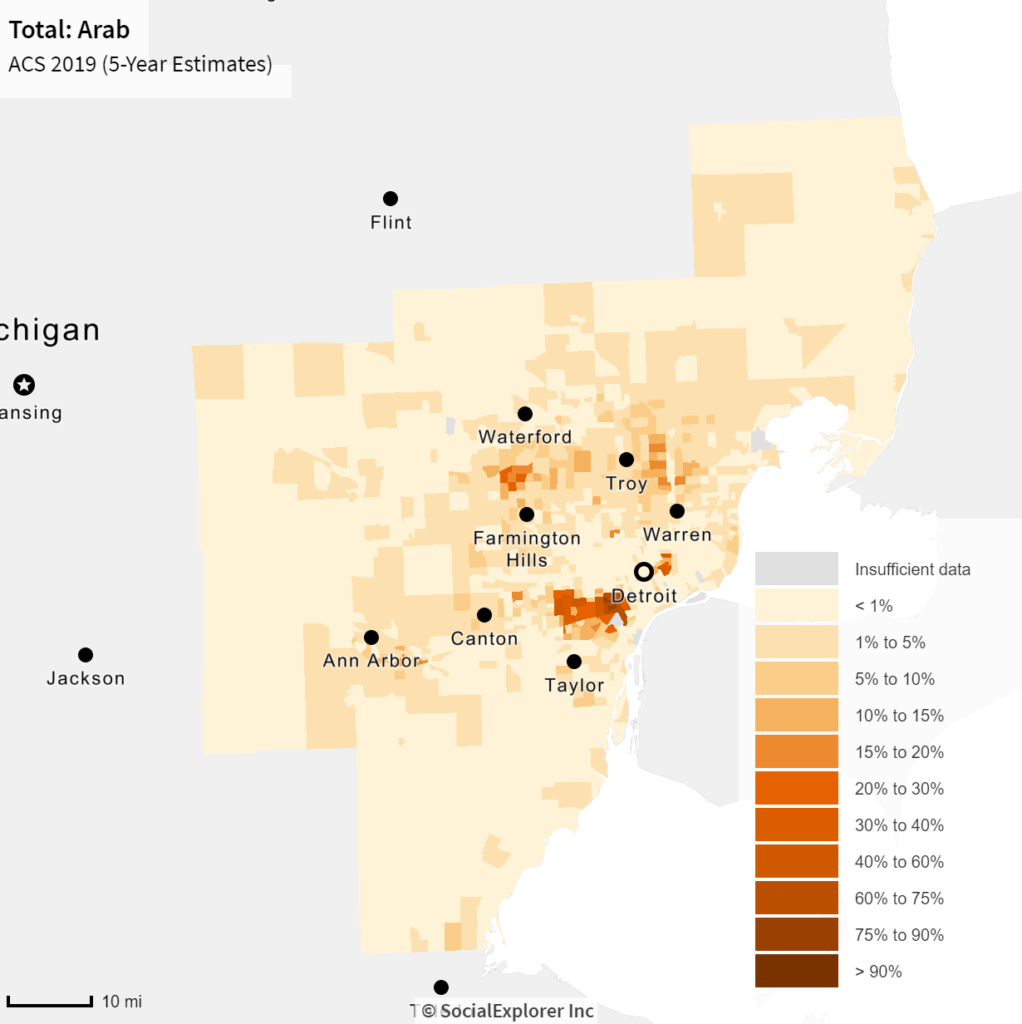The Detroit Police Department publishes public data on the number of crime incidents that occur by type of crime, precinct and year on its open data portal. The information provided below has been retrieved from this data portal and highlights the number of incidents, not victim counts, for each Detroit precinct in 2019 and 2020. The crimes reported on in this post are:
•Assault: attempt to cause physical injury to another person;
•Aggravated assault: assault, without a weapon, that results in a serious or aggravated injury;
•Homicide: the killing of another person, whether intentional or not;
•Sexual assault: forcing or coercing an individual to engage in any non-consensual sexual contact or sexual penetration.
The number of reported incidents for each type of crime varies across the precincts but one data piece stands out amongst all four types of crime: there was a decrease in reported incidents between 2019 and 2020. In both 2019 and 2020 the highest number of reported incidents was under the assault category, followed by the aggravated assault category and then sexual assaults and homicides.
In 2019 the Detroit Police Department reported 17,233 assault incidents and in 2020 it reported 12,534 assault incidents. Of the 11 precincts, Precinct 8 had the highest number of assault incidents in both 2019 and 2020. In 2019 there were 2,505 assault incidents reported in Precinct 8 and 1,660 in 2020. Precinct 4 had the lowest number of reported assault incidents in 2019 at 913 and Precinct 7 had the lowest number of assault incidents in 2020 at 657.


In 2019 the Detroit Police Department reported a total of 7,708 aggravated assault incidents and in 2020 a lower number of 7,311 incidents was reported. In both 2019 and 2020 Precinct 9 had the highest number of reported aggravated assault incidents at 1,210 and 1,107, respectively. Precinct 3 had the lowest number of reported incidents in 2019 and 2020 at 421 and 315, respectively.


Between 2019 and 2020 there was a decrease in the number of reported homicides in the City of Detroit, according to the police department’s open data portal. In 2019 there were 276 reported homicides and in 2020 there were 244. Precinct 9 had the highest number of reported homicides in both 2019 and 2020 at 42 each year. Precinct 3 had the lowest number of reported homicides in 2019 and 2020 at 8 and 12, respectively.


In 2019 there were 817 reported sexual assault incidents in the City of Detroit, according to the police department’s open data portal. In 2020 467 sexual assault incidents were reported. Precinct 9 had the highest number of reported incidents in 2019 at 131; this was the only precinct in 2019 and 2020 with more than 100 sexual assault incident reports. In 2020 Precinct 8 had the highest number of incidents reported at 57. In 2019 Precinct 7 had the lowest number of reported sexual assault incidents at 40 and Precinct 4 had the lowest number of reported incidents at 27 in 2020.


Recent 2019 FBI data highlights how crime rates across the country continued to increase from 2018 to 2019. For example, in Detroit, shootings and homicides rose for the second-straight year, by 53 percent and 19 percent, respectively. And, while national FBI crime data helps paint a broad picture on crime trends, the 2020 data provided by Detroit’s open data portal shows that in 2020 there was a decrease in crime incidents. Of those reported on here—assault, aggravated assault, homicide and sexual assault—there was a decrease from 2019 to 2020 across the board.
According to the United Nations Office on Drugs and Crime the COVID-19 pandemic impacted crime statistics for several reasons. Certainly the initial lockdown, which kept many social interactions at bay, likely impacted the number of crimes that would have occurred early on. The drop in crime is correlated with the mobility of the population, so when restrictions were tighter there were fewer crimes reported, particularly property crimes (at homes, not businesses) and homicides. However, nationally, there was a spike in homicide rates in early summer, but it is unknown if that relates to the pandemic or other factors.
Additionally, while there was likely a decrease in the number of incidents there was also likely a decrease in reporting.
As we near the halfway mark of 2021, with vaccination rates increasing and restrictions loosening the question is whether crime rates increase from 2020 levels, remain the same or continue to decrease. As the pandemic continues to affect society, the changes in crime statistics helps us develop a deeper understanding of its affect on long-term crime rate trends.






